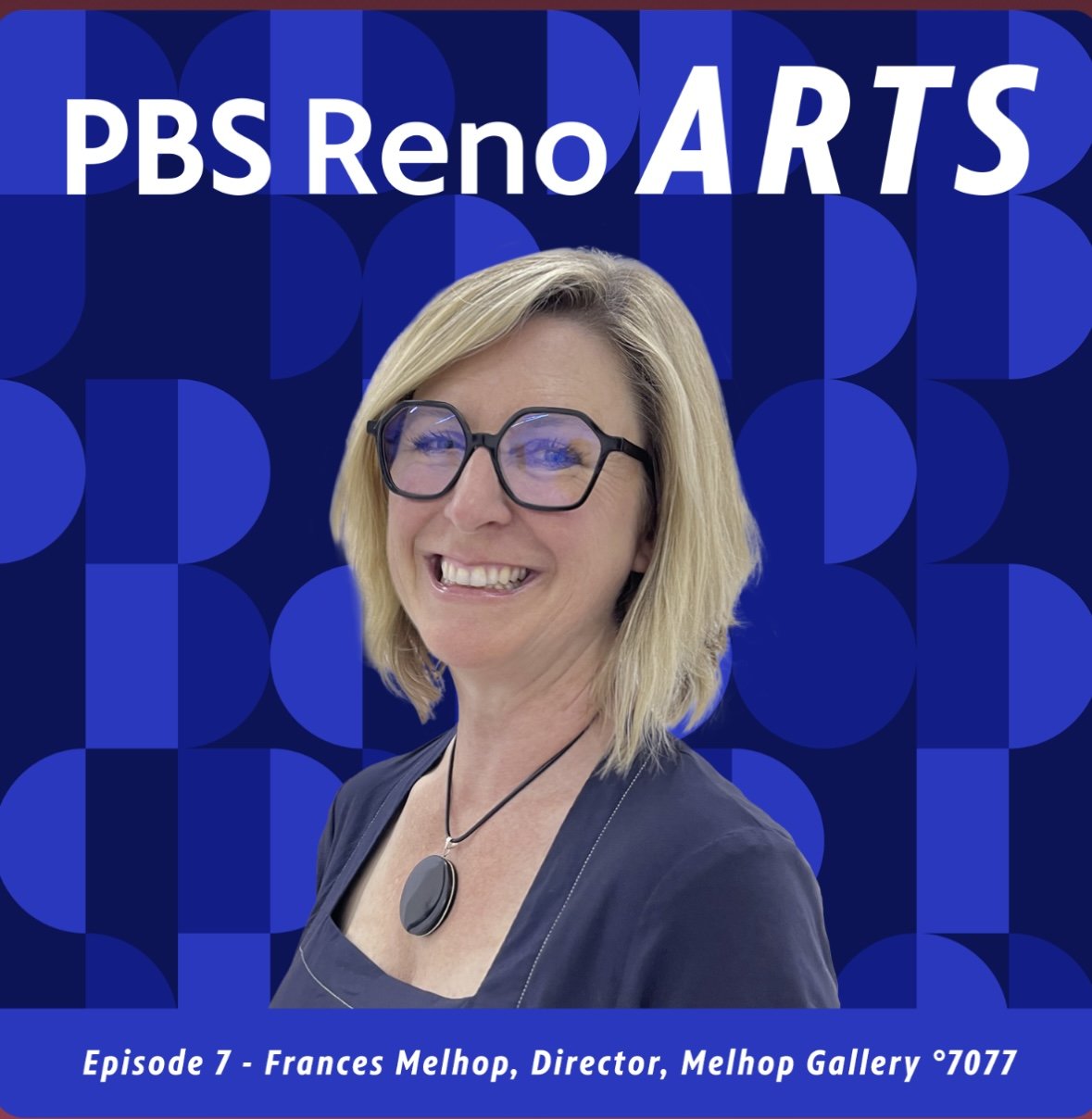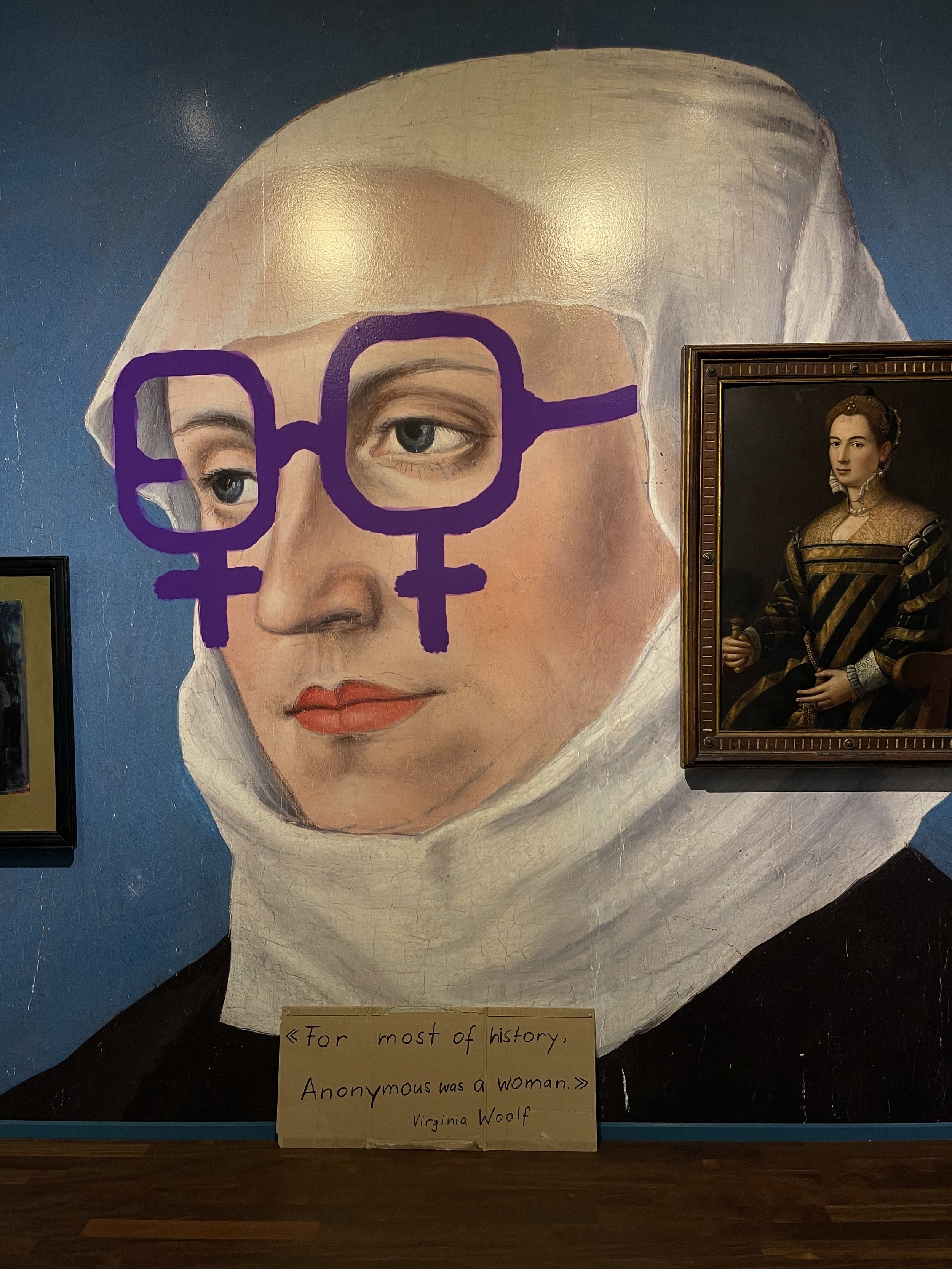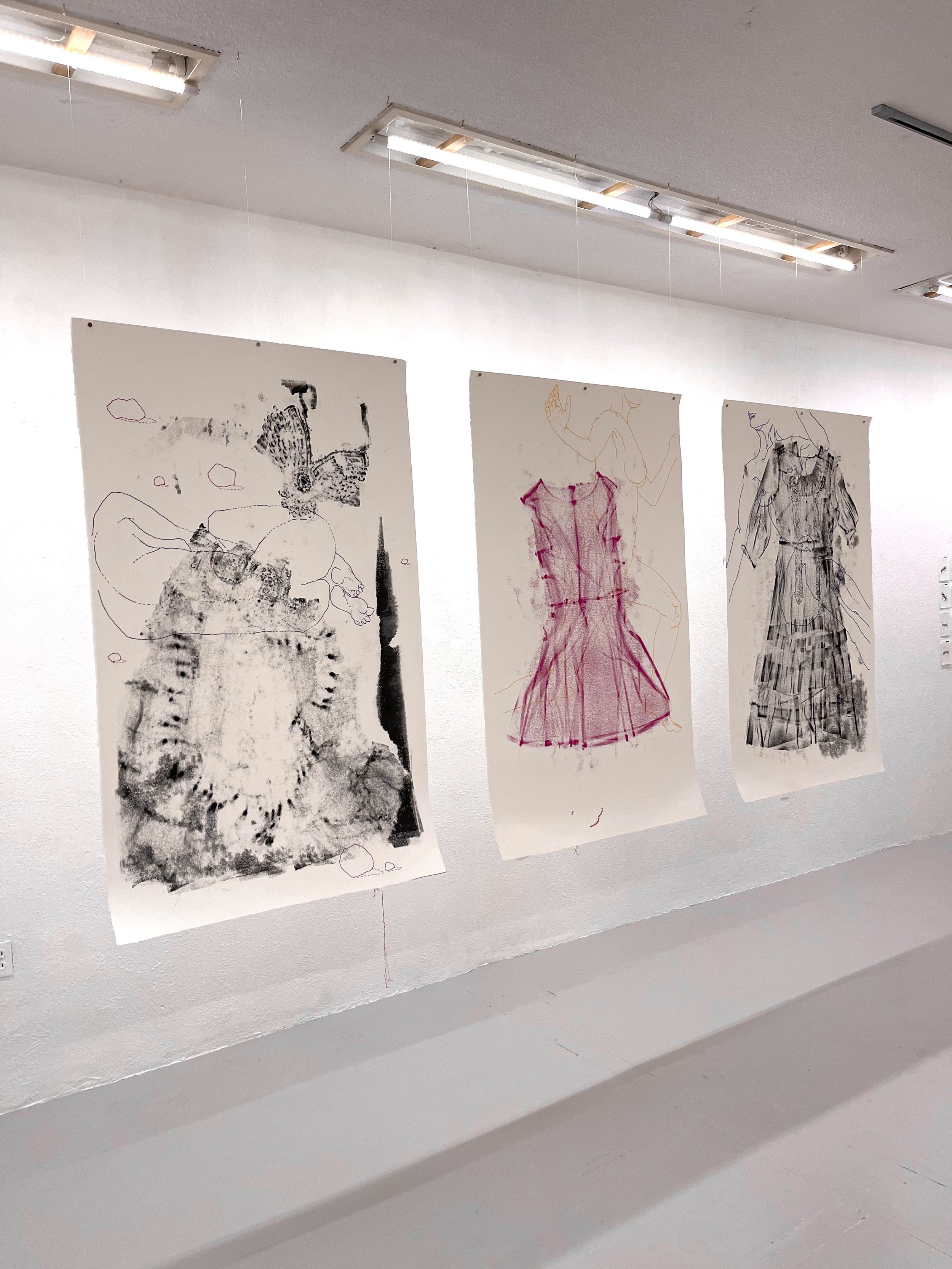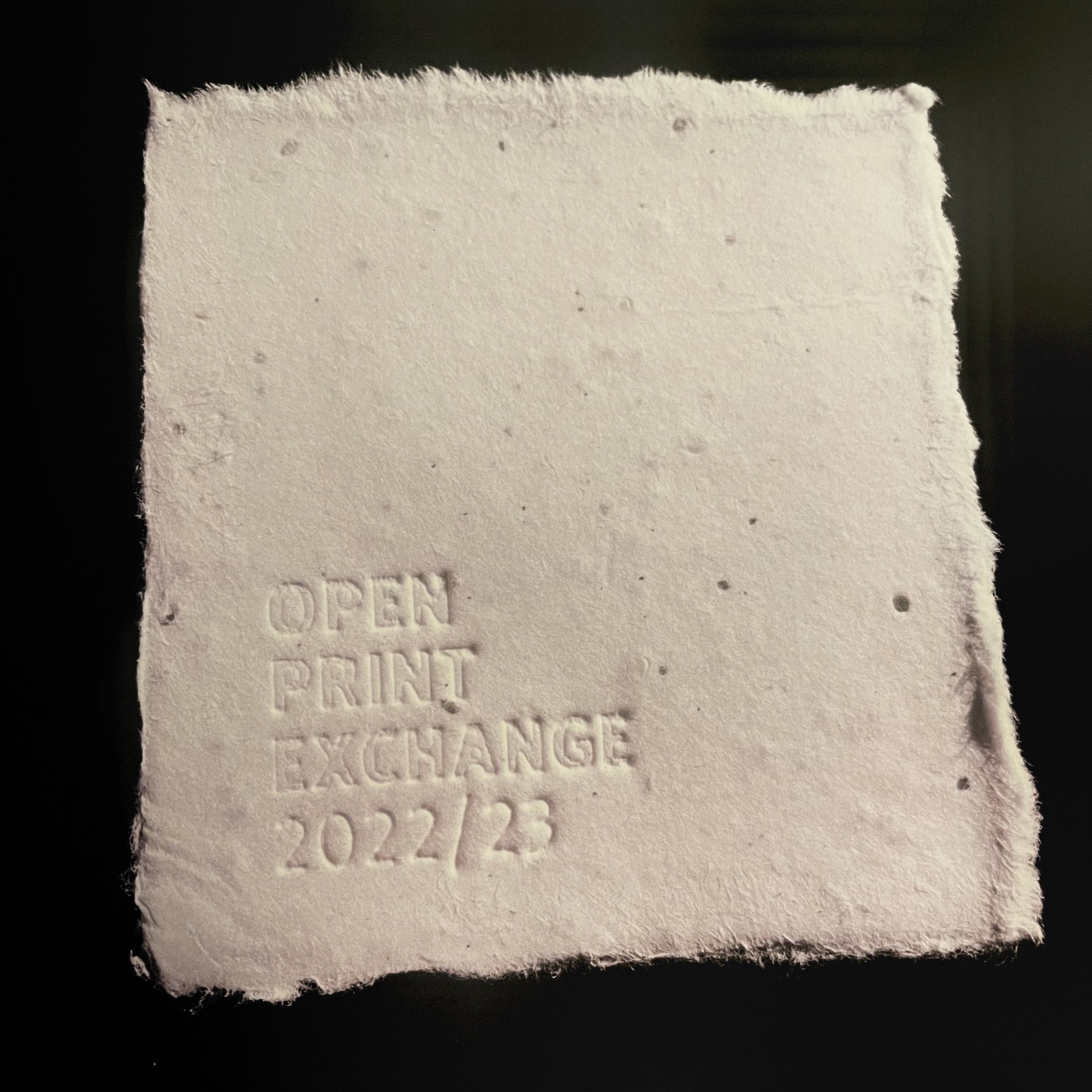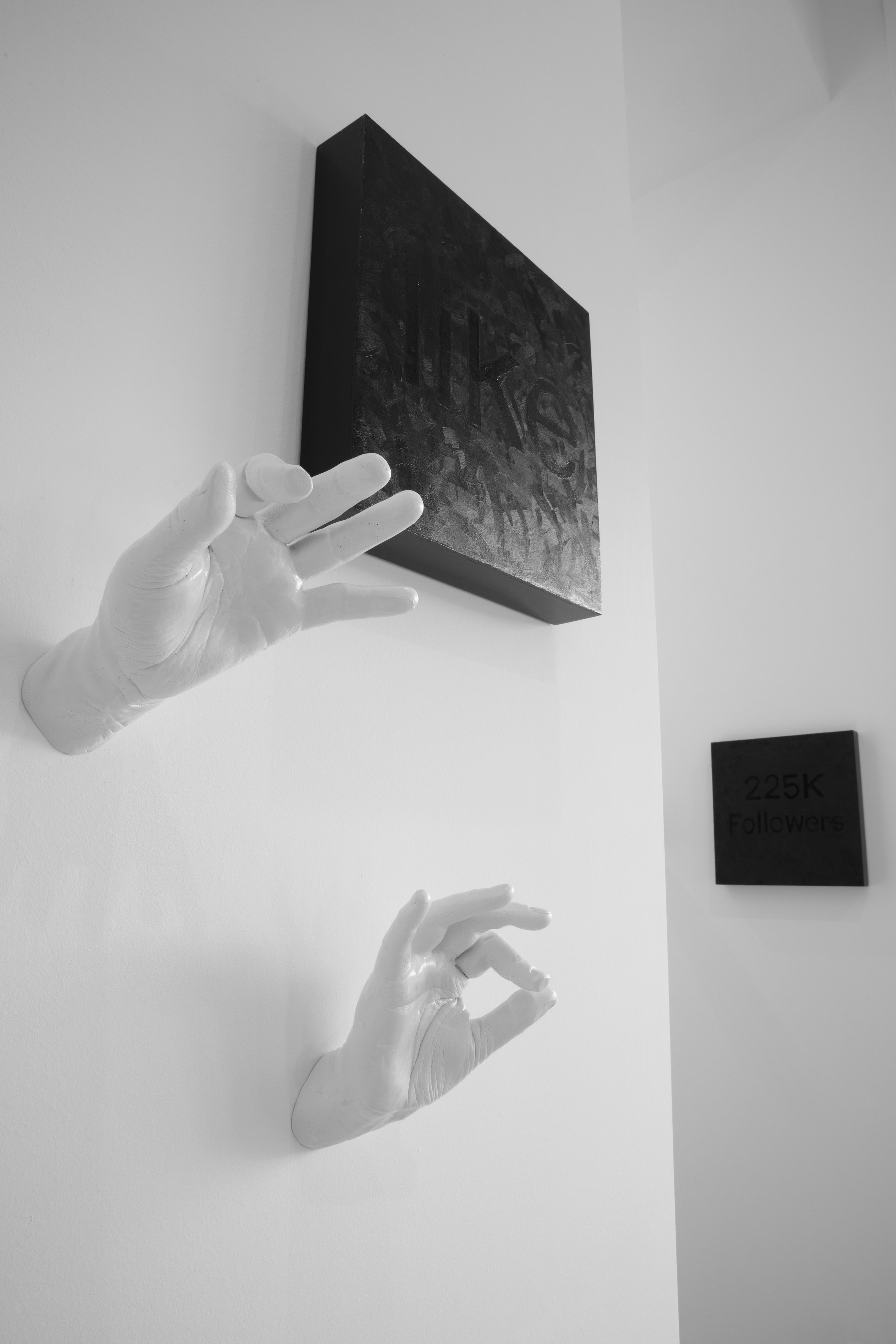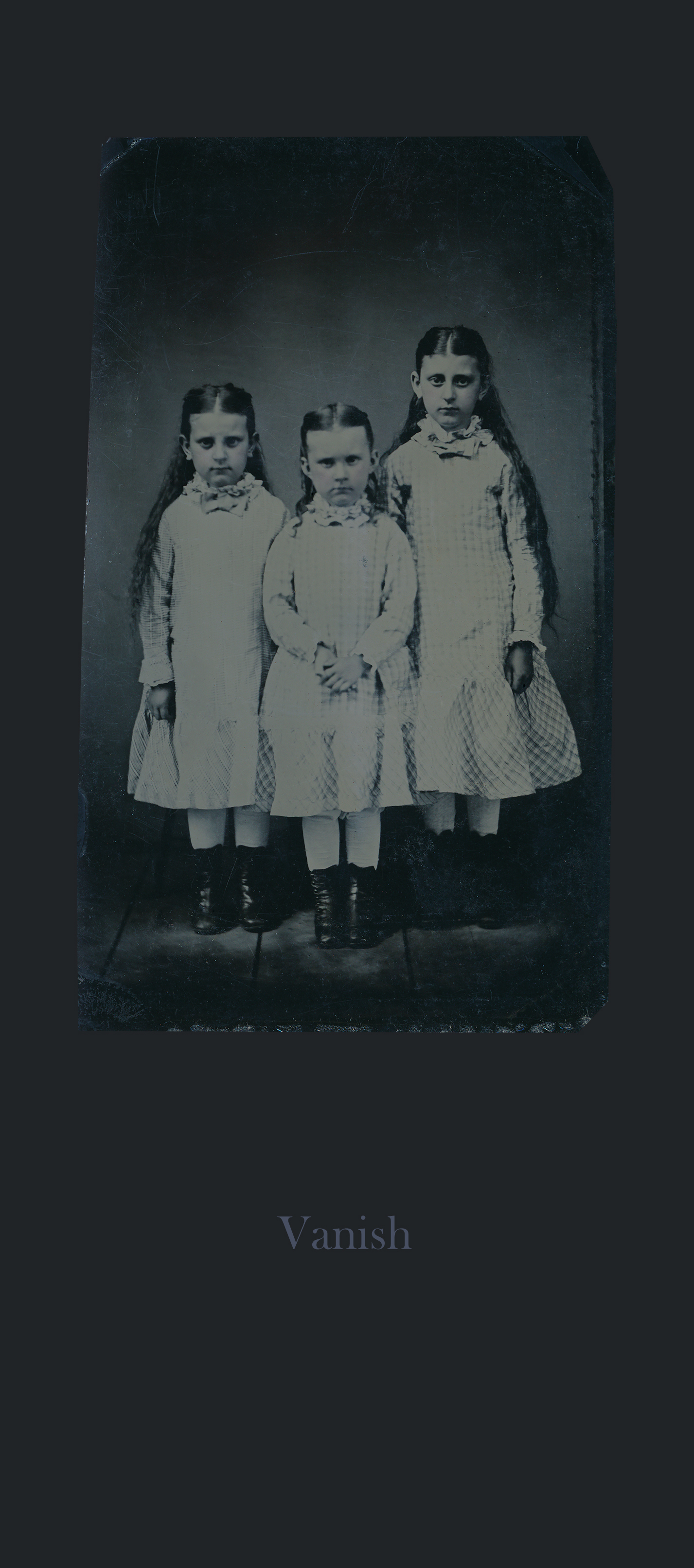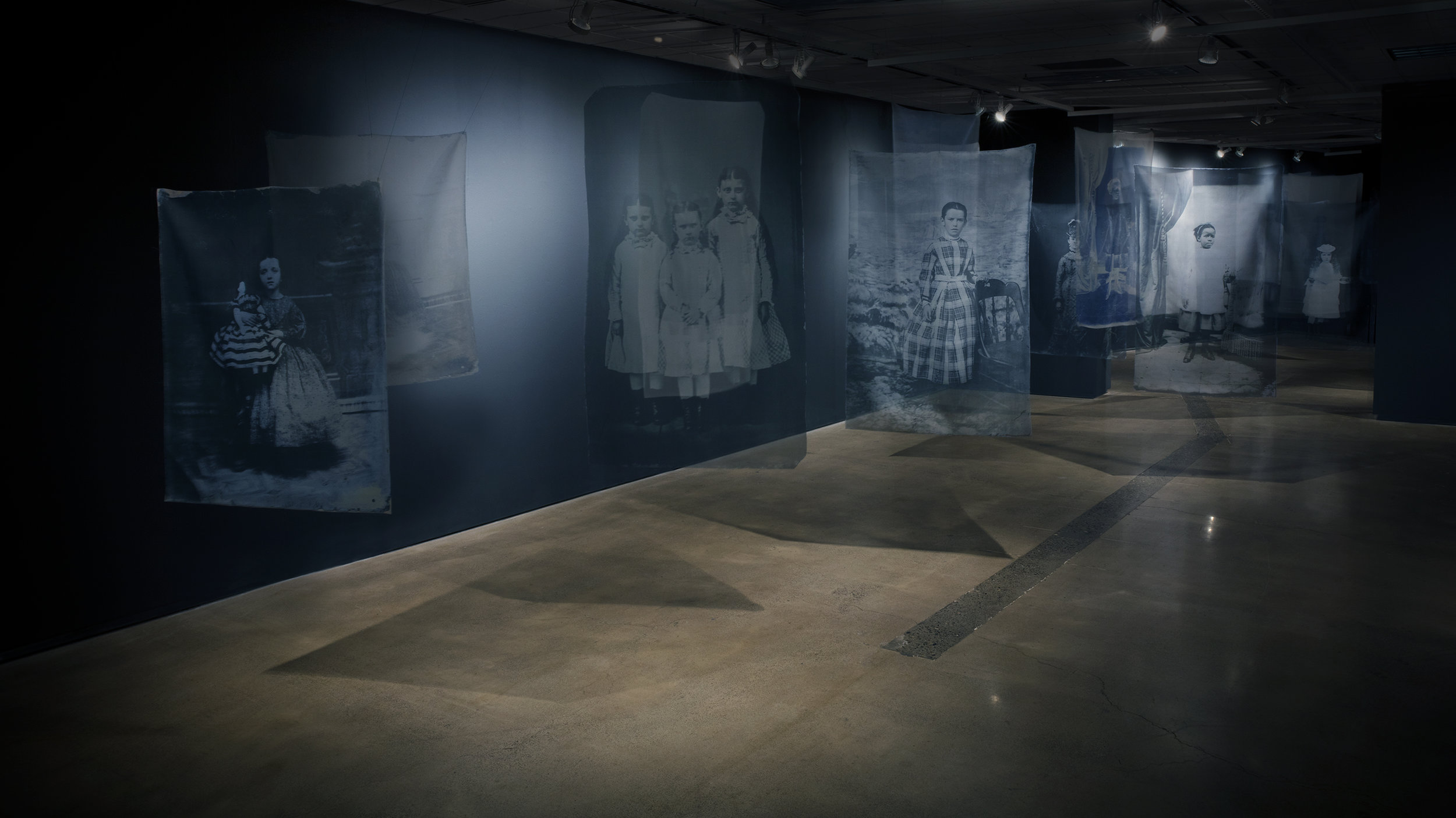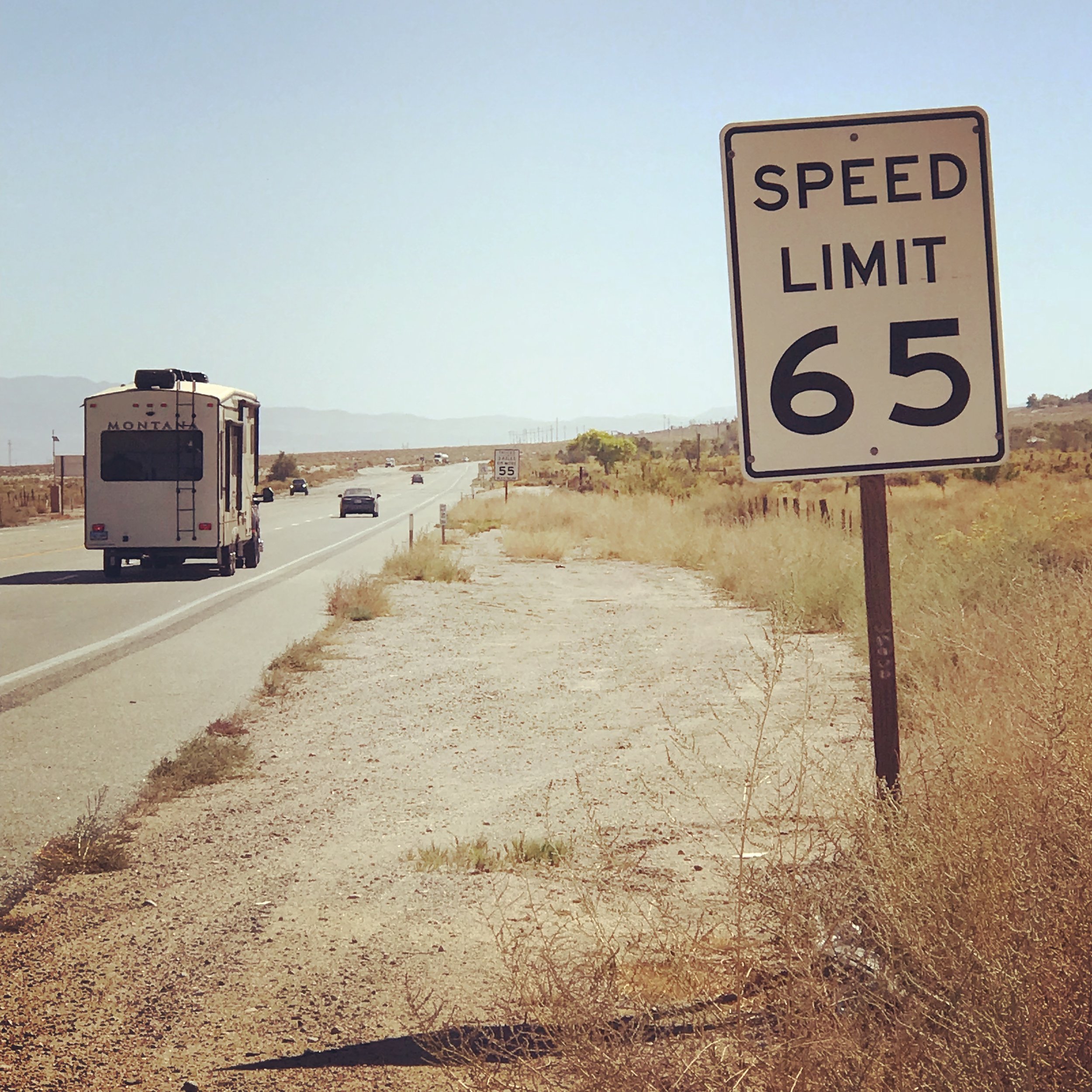Already most of the way through February 2025 and I thought it was about time to write an artist newsletter, because the last 12 months have been craaazzzy busy.
3 Graces, off set lithography on rice paper, a new process I learned in Mexico City, 2024. Image size 10.5” x 14” paper size 18” x 24”
First up I am really honored to announce that I have been awarded a Nevada Arts Council Fellowship for 2025. Thank you so much to the Nevada Arts Council and the National Endowment for the Arts for this generous recognition and award!
On January 26th PBS launched their ARTEFFECTS Episode that they filmed at the exhibition series Far Beyond the Walls a group of exhibitions I curated and installed inside the Nevada State Prison. Many thanks to Sandy, Guin and Dave for putting this together and spending so much time researching, filming and editing to produce such an insightful piece. It must have been a daunting edit with over 12 hours of footage to fit into a 10 minute slot. Hats off to the PBS Reno team!
You can view the ARTEFFECTS Episode here
The Far Beyond the Walls series of exhibitions grew and grew exponentially as I made more and more research over the last 2 years. Originally planned on being a single artist solo exhibition in one cell block, it became 9 solo exhibitions, 2 group shows and involved more than 35 artists, running for over 4 months.
Definitely one of the largest issues and exhibitions I have ever tackled, in the most labyrinthine and cramped carceral spaces. The brutally extreme temperatures with no air conditioning (which was by design for the visitors to feel the reality of prison), in addition to the relevant artwork, cells full of rodents and dust on 2-3 hour guided tours several times a week through the decommissioned prison, made it a visceral immersion. Extremely exhausting and heart rending. Many of the visitors could barely speak at the end of the visit, they were overcome with emotion from the dense atmosphere of the spaces, artwork that spoke - literally and figuratively, and the human experiences they were gaining insights into.
Having the keys to a prison was a very odd feeling as well.
Each day it took nearly 2 hours to open the cell blocks and spaces, find the breakers in the dungeons and turn on the electricity, check the exhibits - many of the install materials melted in the heat each day and had to be continually replaced and the artwork re installed. The tour then followed for 2-3 hours with another hour to close down the entire prison and make sure every cell block and entry was locked.
Needless to say by the end of October at uninstall I was fairly worn out. It was a humungous relief to hand over the keys of the prison to the Nevada State Prison Preservation Society, who are creating a museum at these historic buildings, which signified the founding of the State of Nevada. Far Beyond the Walls was a collaborative effort with NSPPS whose board members spent many many hours working on making the historic spaces workable.
More information about the Far Beyond the Walls artists and their work can be found on the EXHIBITION PAGE HERE
Earlier in the year PBS also made a podcast interview with me about the exhibitions which you can hear here.
Detail of a poem by Greg Kovner in the Lonely Buoy exhibition within the Far Beyond the Walls shows.
May 2024 saw my solo exhibition, tender material, curated by Maria Sorensen, installed at Dienstegebäude Art Space, Zurich, Switzerland.
Maria is an independent curator and writes for Index on Censorship Magazine. She has her own literary pages titled Cultural Matters on Substack.
Seeing the work suspended in a large dramatic industrial space, like a crowd of ghost dresses and liberated bodies was super energizing. The work felt airy, light, impactful, strong, mournful and joyful all at the same time.
More information about Common Threads can be found here
Mourning Piece at tender material, Dienstegebäude Art Space, Zurich, Switzerland.
Installation view of tender material , Dienstegebäude Art Space, Zurich, Switzerland.
If you are interested in the work, some of it can be found on Artsy through the gallery page here or contact hello@melhopgallery.com….you can view it to scale in a room on Artsy
Whispers Across Time are smaller works, related to Common Threads, a precursor really….They are blind contour monotype drawings with lino-cut interventions, on BFK Rives
that are available on the gallery COLLECT ART area here
Whispers Across Time
As children we would sit in a circle and start the whisper game.
Each child would whisper what they heard to the next child, by the time it reached the end of the circle the whisper had changed beyond recognition. These monotypes are the visual equivalent. Read more here
9 of the Whispers Across Time series, see larger versions here
ZURICH, SWITZERLAND HIGHLIGHTS
Working with Maria Sorensen who curated tender material exhibition
Exploring the old town and some sneaky shopping with Maria
Studio visit with amazing artist and thinker Elisabeth Eberle
Discovering Hulda Zwingli at the Kunsthaus Museum
June saw a group show that I participated in as an artist and a curator in Zurich called Unsaid. UnSaid was a cross cultural curatorial collaboration with OnCurating Project Space. Curators; Maria Sorensen, Lara Sutter, Lynn Guo, Frances Melhop + Melhop Gallery, Evgenia Kostinskaia, and Zahira Mozafari presented their latest exhibition UnSaid. Diesnstegebaude Art Space, Zurich, Switzerland.
The group exhibition features work from artists in authoritarian and democratic countries, and is a joint reflection on censorship and repressive mechanisms at play.
More information about UnSaid can be found here
Absence #13 consists of an embroidered contour drawing of an empty female body. Floating outside the body are all of the dismembered parts we are not supposed to show for various reasons. Embroidered British linen, 84” × 48” cm. 2024
Early in the year I spent nearly 2 months in Mexico City researching the Mexican Art Fairs (which were utterly wonderful!!!!), working on 4 more pieces in the Common Threads series, then working with mentor Tal Frank and amazing artist Karen Cheirif, followed by a group show at Radio 28CS gallery.
Origen Compartido was curated by David Miranda the Curator of the Museo Experimental El Eco, CDMX.
Mexico City has an incredible energy and an incredibly edgey buoyant art scene, underground and above!
Group show Origen Compartido in Mexico City at the Radio 28CS gallery, curated by David Miranda of El Eco Museum
MEXICO HIGHLIGHTS
Museo del Arte Popolare
Stitching with the Fuentes Rojas group at the Coyote Fountain in Coyoacan in the memory of all the disappeared in Mexico. One handkerchief for each person lost. This has become an unofficial record of how many and who have been “disappeared.”
Detail of a handkerchief flying in the breeze at the Coyote Fountain in Coyoacan
Museo del Arte Popolare
Teotihuacan Pyramids outside Mexico City.
I mean it doesnt get much better than this!!!!
And for those who got through to the end of this email …a sneak preview of latest work in progress.
Work in Progress. Oil paint on linen with cotton embroidery 8” x 8” x 2” 2025
Titled Becoming Aware this is a small 8” x 8” piece before launching into some 4 foot x 4 foot painted and embroidered works, which I am pretty excited about.
I absolutely love drawing with thread, it has such an animated quality!
Hope that 2025 is treating you well so far, looking forward to hearing from you!
xxxx Frances




